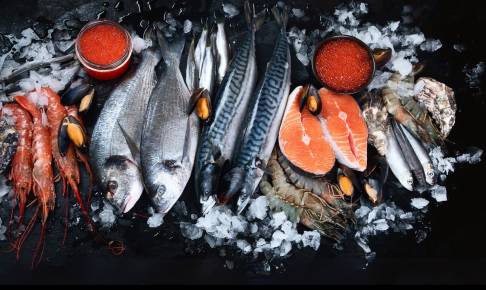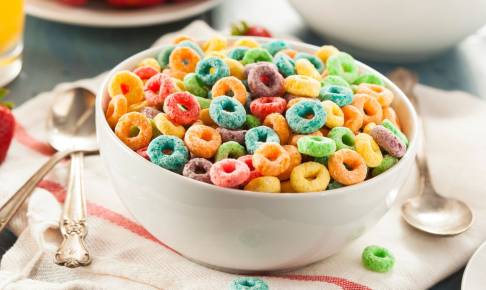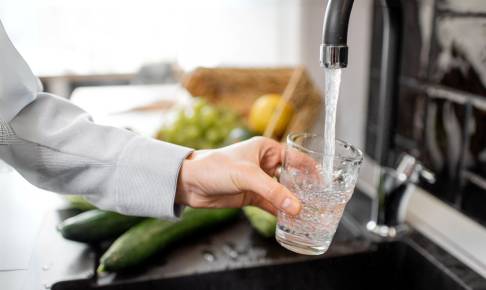EU: new amended regulation of ethylene oxide for food additives
The European Commission has recently published its Commission Regulation (EU) 2022/1396, amending the Annex to Regulation (EU) No 231/2012 laying down specifications for food additives listed in Annexes II and III to Regulation (EC) No 1333/2008 of the European Parliament and of the Council as regards the presence of ethylene oxide in food additives.
Ethylene oxide is a chemical substance having multiple purposes, including its use as a sterilizing agent and as a raw material in the manufacture of various products. However, ethylene oxide is a substance of concern classified as carcinogenic, mutagenic and toxic for reproduction.
The problem started in 2020, when most Rapid Alert System for Food and Feed (RASFF) alerts were related to contaminated sesame seed products. In the following years, a variety of items were reported, including food supplements and spices. The ethylene oxide incident is the biggest food recall operation in EU history, according to the 2021 Alert and Cooperation Network report.
Current EU rules provide that ethylene oxide may not be used for sterilizing purposes in food additives. However, there is no quantified limit for its presence in all food additives. A limit of not more than 0.2 mg/kg of ethylene oxide is set for some additives treated with the substance.
Due to hundreds of RASFF notifications reporting findings of ethylene oxide in a number of food additives used to make a variety of foodstuffs, the EU Commission established measures for foods of non-animal origin (entering the region from certain countries) to protect public health due to the risk of contamination.
However, enforcement has raised problems, because it is difficult to establish the source of the presence of ethylene oxide. To avoid problems, the EU Commission decided to declare the presence of ethylene oxide, irrespective of origin, as not authorized for food additives. Therefore, a maximum limit for residues of ethylene oxide for food additives should be set at the limit of quantification (the lowest residue concentration which can currently be quantified and reported by routine monitoring with validated control methods).
The Commission Regulation (EU) 2022/1396 states that no residue above 0.1 mg/kg of ethylene oxide shall be present in food additives listed in EU legislation, including mixtures of food additives.
This Regulation shall enter into force on the twentieth day following that of its publication in the Official Journal of the European Union.
The maximum level may be re-examined in the future, in accordance with technological progress in achieving lower limits of quantification by routine methods of analysis by laboratories in the EU.
Source:
https://eur-lex.europa.eu/legal-content/EN/TXT/PDF/?uri=CELEX:32022R1396






















